
From a loaf of sliced white to a boule of wholemeal sourdough, not all bread is created equal. But what are the important things to look for in a loaf of bread, and what is just a matter of preference?
All the additives
The ingredients of bread should be simple – flour, salt, water and yeast (sourdough bread uses a natural yeast starter). However, your average loaf of wrapped, sliced bread from the supermarket can feature upwards of 20 ingredients, many of which are unidentifiable additives.
The Chorleywood Bread Process (CBP) was invented in 1961; a mechanism by which bread could be produced cheaply on an industrial scale. It speeds up the breadmaking process by reducing the proving time, but requires a lot of additional inputs including emulsifiers, extra yeast, oxidising agents, and an assortment of ‘processing aids’ that don’t even get included on the ingredient list. It’s estimated that 80 per cent of the bread that we eat – including most sliced, wrapped bread from supermarkets – is made using the CBP.
A slow fermentation
Over the past decade, sourdough has had a resurgence, utilising the natural yeast and bacteria present on grains to provide the raising agent for the bread. By using a starter culture of this natural yeast and mixing it with flour, water and salt, home bakers and bakeries alike can create loaves of slowly fermented bread, with the process often taking over 24 hours from dough to loaf.
Likewise many bakers are turning to a slower overnight fermentation of yeasted loaves, which many people find provides a more flavourful and digestible loaf than a regular loaf.
All about the wheat
Historically, the varieties of wheat we grew would have been adapted for local weather and soils. In order to increase yields, our wheat fields now boast a small number of hybridised high yielding varieties, bred for roller milling and the CBP. This high yield has a cost though; it’s reliant on high amounts of fertilisers, pesticides and herbicides to maintain the high yield and deal with the pests and diseases that monoculture crops invite.
Among a growing number of arable farmers, there has been a move back to heritage varieties, with farmers often resorting to tracking down a handful of seeds from seedbanks and then sharing those that flourish within their networks.
There’s also been a return to population wheats, where a number of different varieties are bred together to produce a collection of varieties. The most well-known is YQ, a population developed by Martin Wolfe at Wakelyns Farm, who crossbreed wheats chosen for their yield (Y) and quality (Q). After gaining a dispensation to EU laws regarding seed conformity, this seed is now grown by farmers around the UK and the flour sold through places such as Hodmedods.
“Populations make agronomic sense on organic farms,” explains Fred Price from Gothelney Farm, who grows a wider range of population and heritage wheats that he has scaled up from trial plots. “They are genetically diverse and therefore adaptive, they evolve to meet the context in which they are grown, and they are resilient.”
It’s not just the grains that are important, but the way they are grown. With heritage and population wheats, fewer or no inputs are needed – applying fertiliser can actually cause these taller crops to lodge or fall over, and the genetic diversity makes them more resilient to diseases and pests. However, there is no guarantee that chemicals aren’t still applied, so if you can’t ask about the flour’s origins, it may be worth looking out for bread that uses organic flour to be sure that fertility and pest and weed control are done using certified techniques. The bread itself may not be organically certified as this requires the bakery itself to be certified organic, which may not be viable for small operations.
Local grain economy
In the South West of England, the South West Grain Network have brought together a group of farmers, millers and bakers to re-localise the grain system. They regularly come together to bake with and taste the bread made with different wheats, including a mixture of heritage varieties such as April Bearded, as well as populations such as YQ and Oak Farm. Rosy Benson from Field Bakery is part of the network; “Each year we improve upon the last harvest round; it’s much more agile than waiting for a huge mill to answer an email about a variation in flour! And it’s immensely satisfying to see the grain grow all year, be harvested, cleaned and dried, before I do the rest to get it into people’s hands.”
Local grain networks like this are on the rise, and for good reason. “To challenge the commodity system may seem impossible but it’s really quite simple to be using grain where it’s grown and to feed people locally,” Rosy continues.
Wholegrain versus white
While many of us have become used to white bread – including white sourdough – there’s a wide range of health benefits to eating more wholegrains, and bread can be a great way to do this. The fibre that you get in the wholegrain is important for digestion, there is less wastage (for white flour, around 28 per cent of the grain is discarded, though often utilised in animal feed), and wholegrains are full of essential vitamins and minerals.
Wholegrain flour doesn’t keep as long as its white counterpart though, which is the reason that many bakeries are installing small stone mills, or creating local networks within which they can distribute freshly milled flour.
Beyond wheat
Wheat isn’t the only grain that can be used in bread. Rye bread is commonplace elsewhere in the world, and it’s not uncommon to find spelt or rye on a bakery shelf. They are often blended with wheat as the gluten properties of these grains makes them harder to bake into a lighter loaf.
Labelling confusion
There is no legal standard for labelling on bread. Wholegrain bread needs to only contain a few grams of wholemeal flour to be labelled as so, ‘freshly baked’ loaves may actually just have been re-baked in store, and unwrapped loaves don’t even need an ingredient list. There’s also no legal definition of sourdough, meaning that many supermarket sourdough loaves contain yeast to speed up the fermentation process.
The Real Bread Campaign are leading the charge for a change in law that will help people to know what they are actually buying. “People have the right to know when, where, how, with what and by whom their food is made,” campaign coordinator Chris Young explains. “We’re lobbying for an Honest Crust Act of improved composition, labelling and marketing standards to protect shoppers from being misled and give everyone the chance to make better-informed food buying choices.”
Where to buy?
The reality is that when buying bread from a supermarket, it’s difficult to distinguish real bread from that made using the Chorleywood Bread Process or packed full of additives. Buying from an independent bakery increases the chances of finding bread that is free from unnecessary additives (check labels or ask the bakery to provide an ingredients list) and there are an increasing number of specialist bakeries that focus on wholegrain and heritage wheats in their loaves.
Rosy Benson from Field Bakery runs a weekly subscription bread club, dropping off loaves of bread to customers in Bristol to compliment her Saturday bakery opening on the Somerset farm where the bakery is based. “The members get to increase their connection to the people and place where their bread comes from, and build trust in healthy local grain,” she explains.
Daily loaf
The Real Bread Campaign has also been working on how Real Bread can be made affordable for everyone, and have produced a guide to help bakeries make lower price bread without compromising on its true value.
This feature is part of our new WL Sustainable Food Series, by Steph Wetherell, which includes guides on fruit, veg, bread, meat, and more, over the coming weeks.

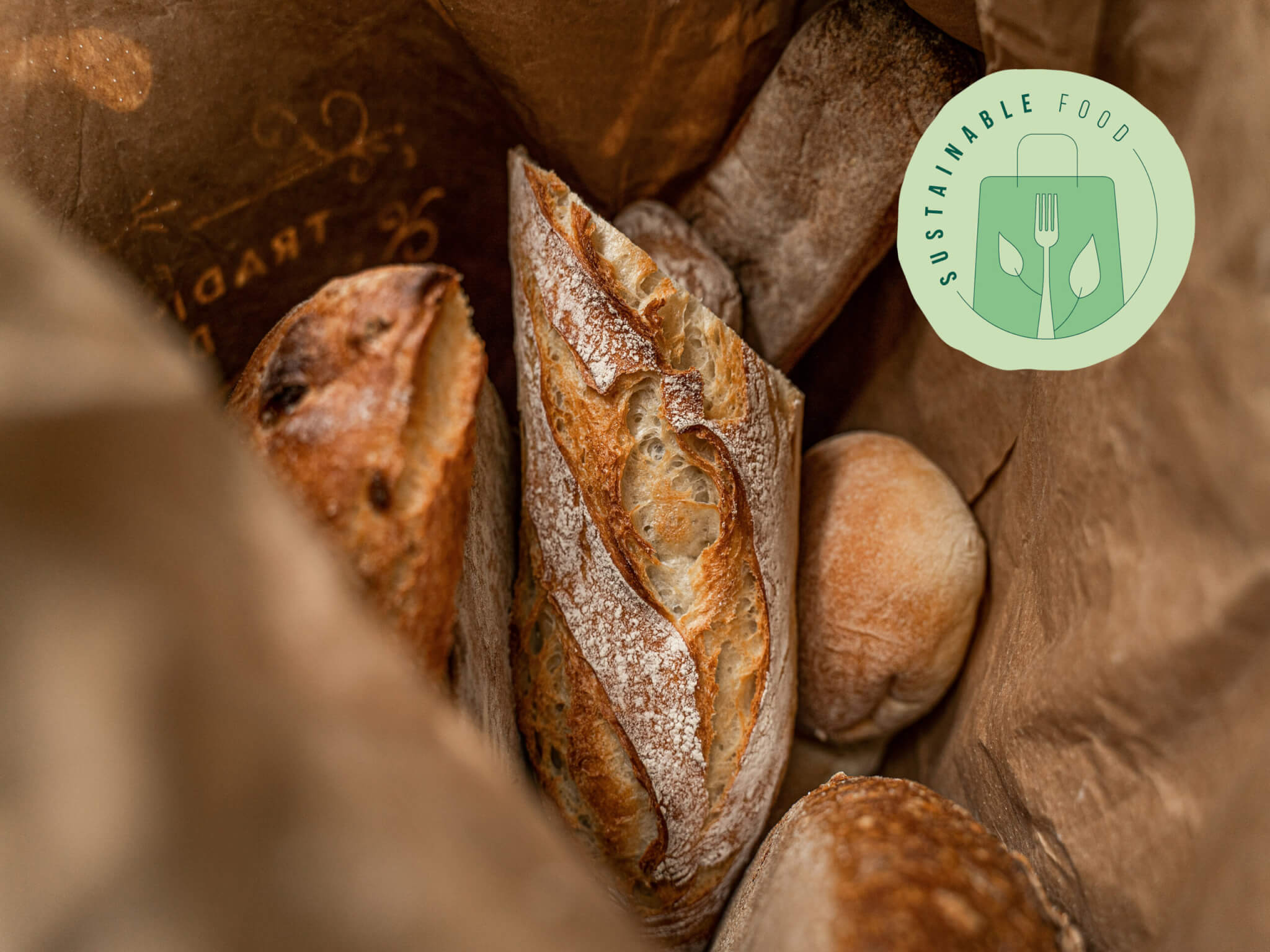


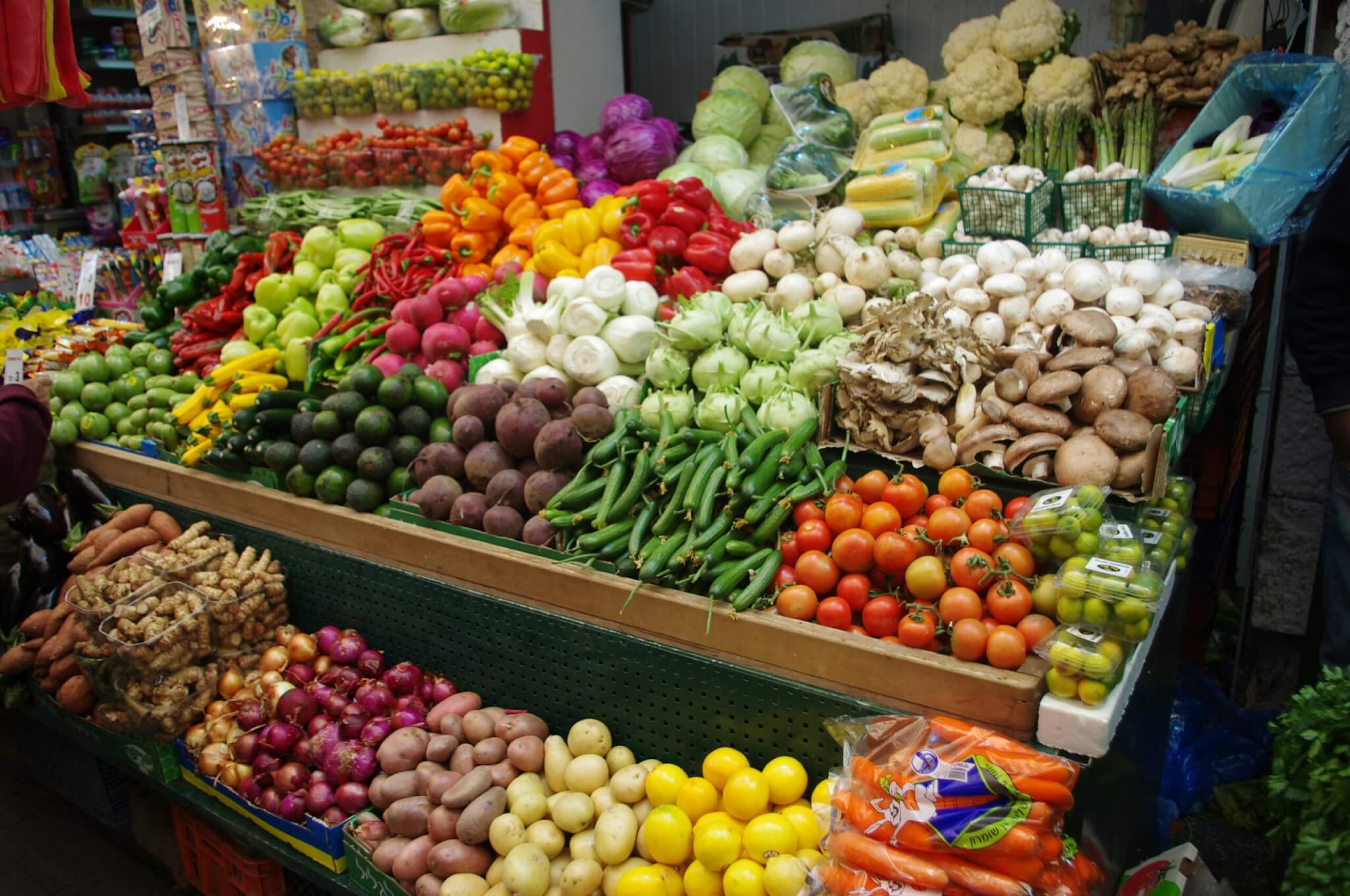
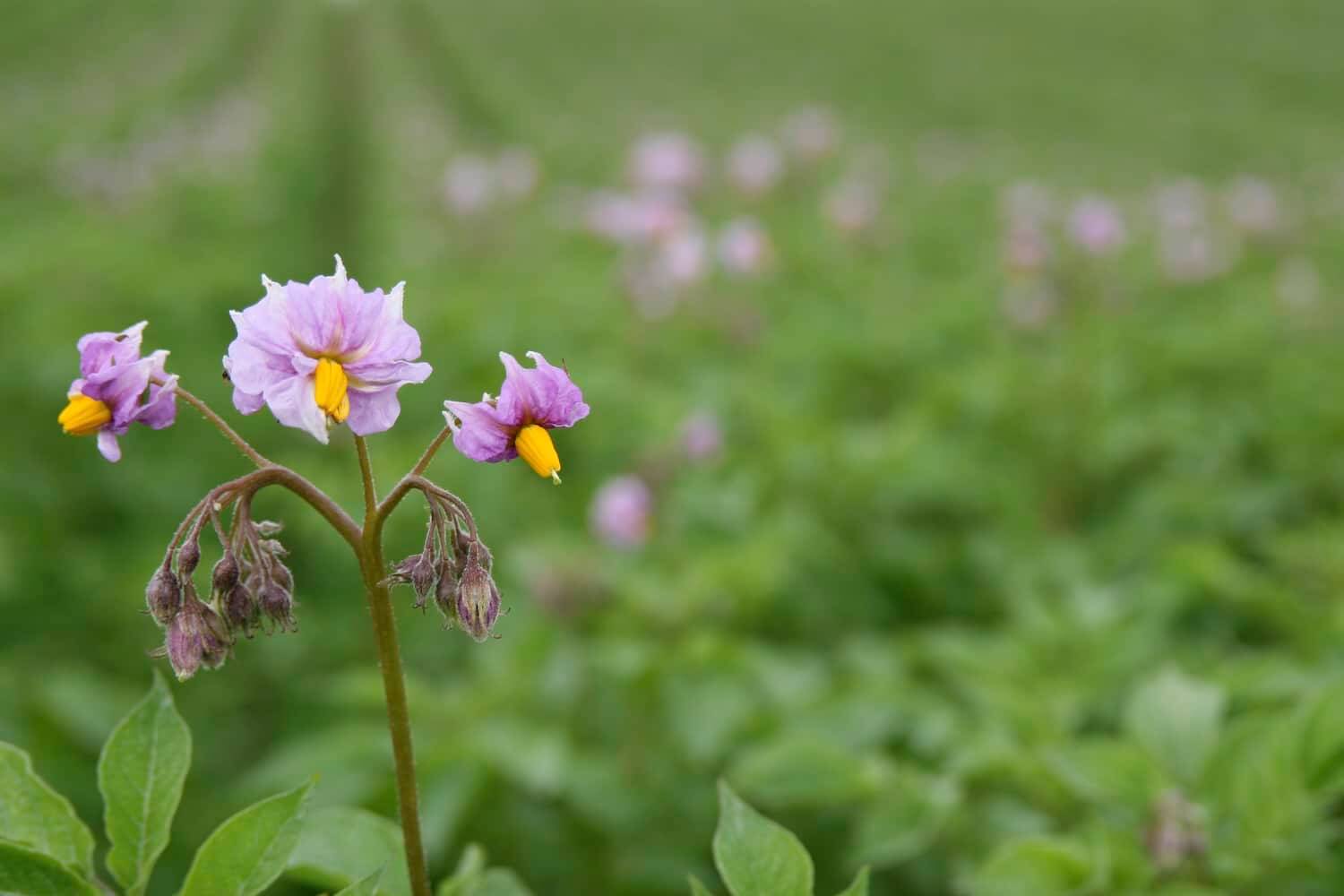
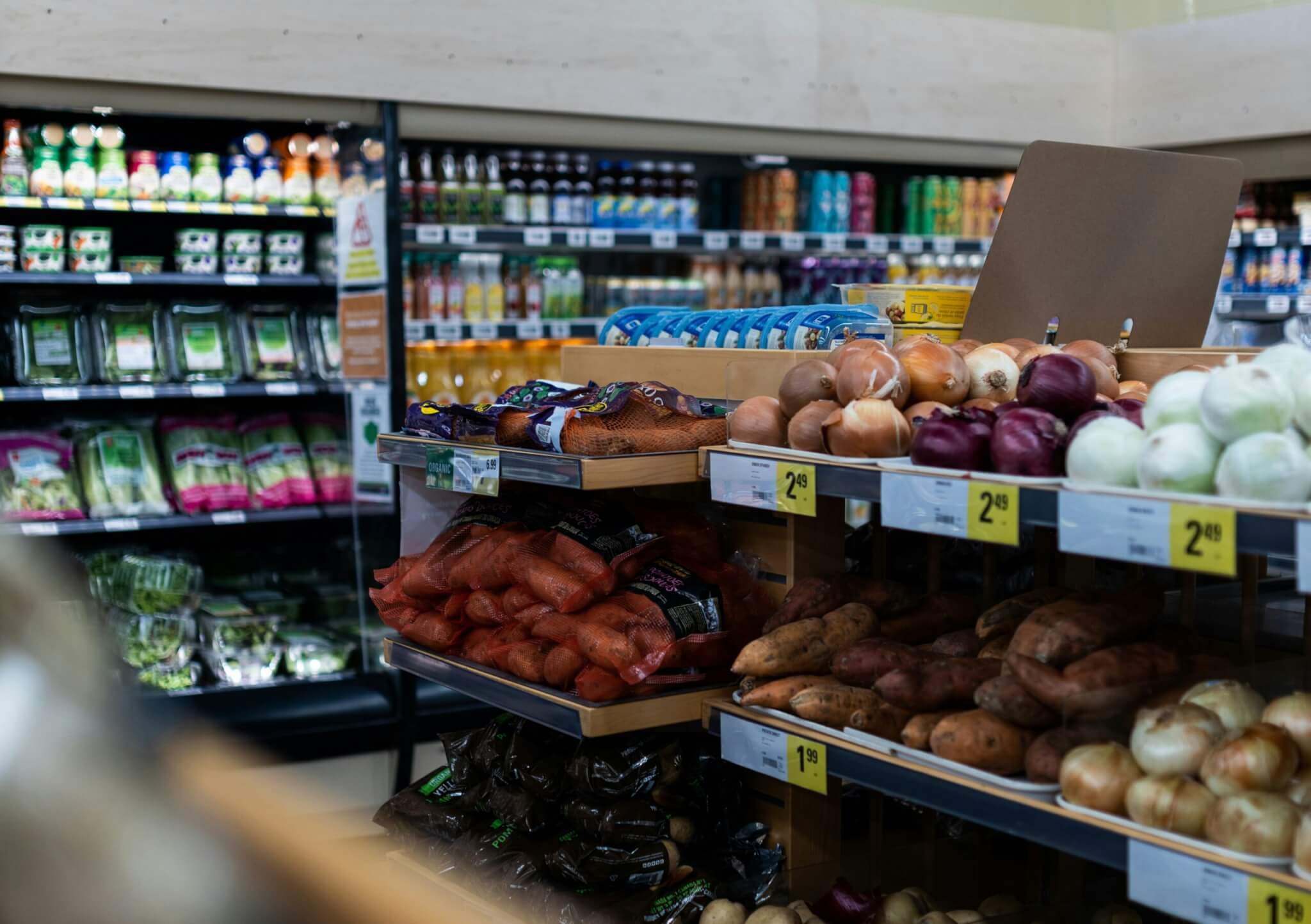

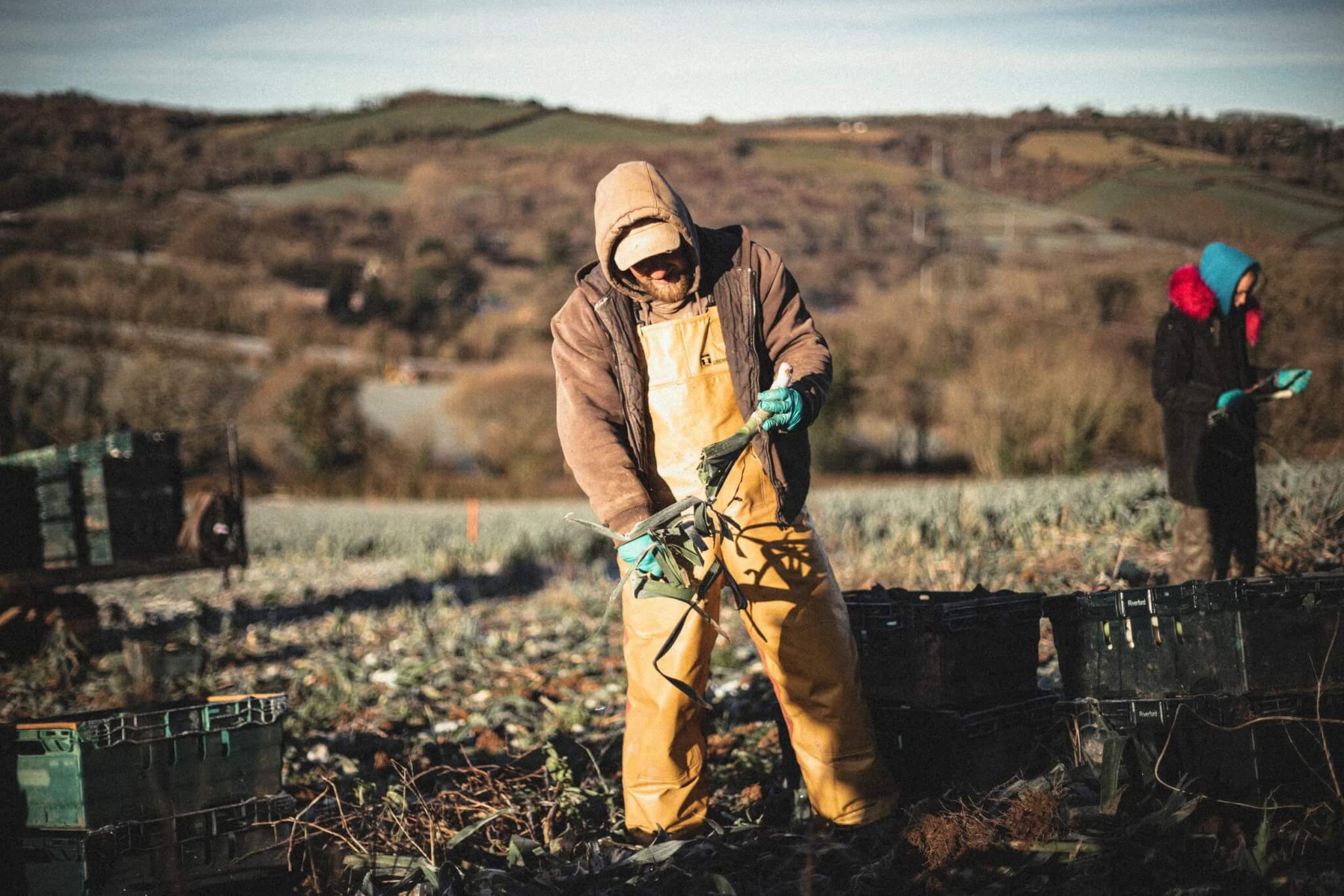
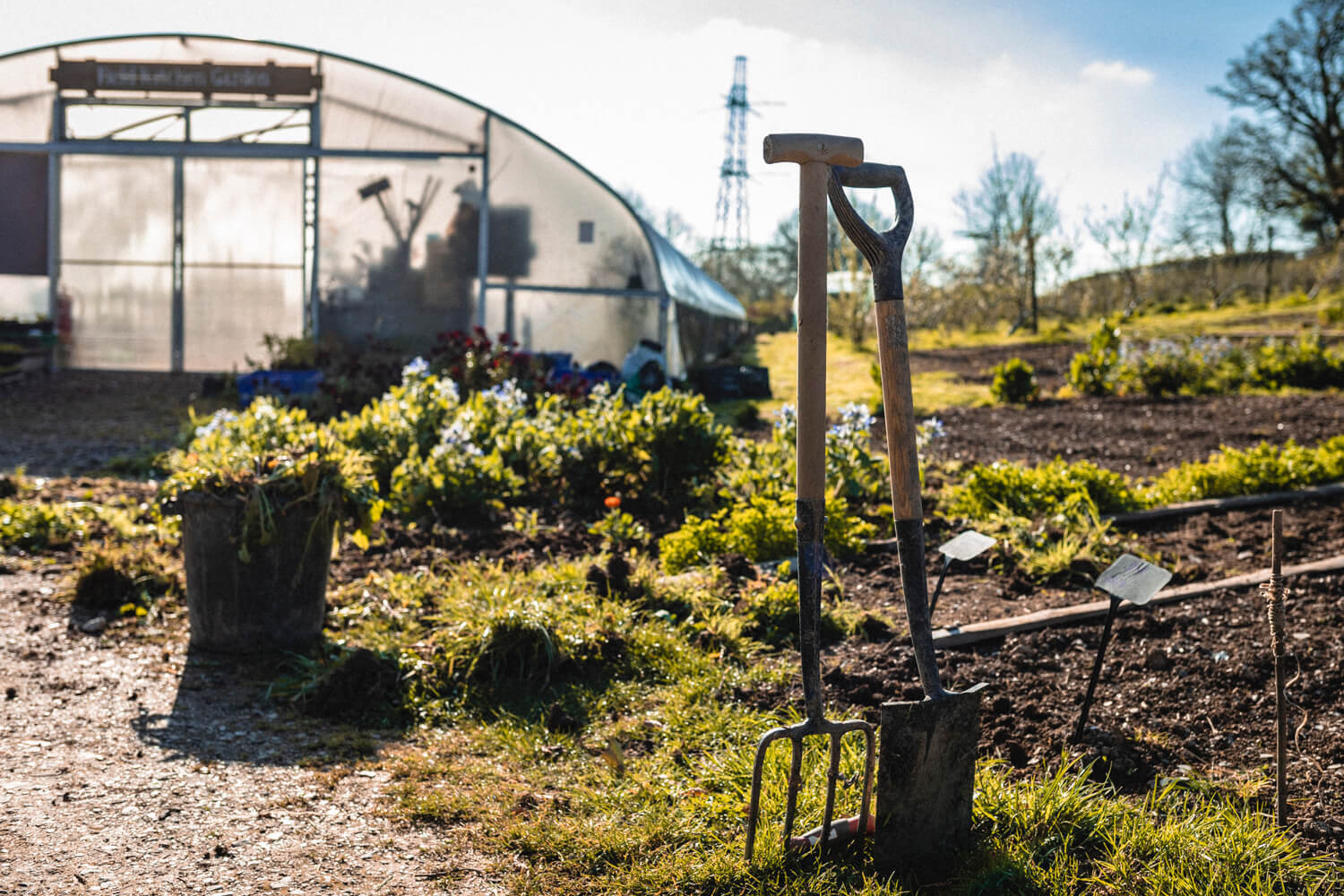
Enjoyed the article but would also have liked to see a mention, perhaps with pros/cons, of the mandatory but these days almost certainly unnecessary wheatflour additives thiamine, niacin, iron filings etc which personally I avoid by buying my flour from small mills such as Stoates, and baking my bread at home